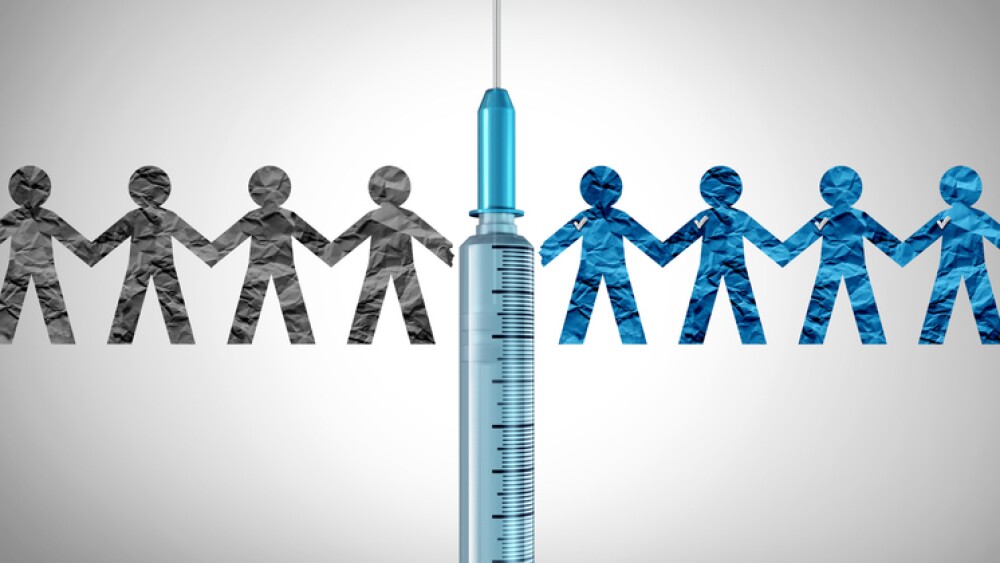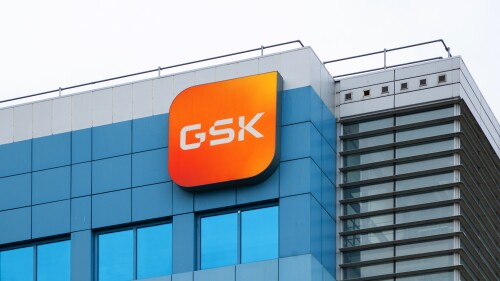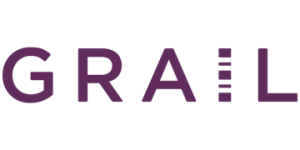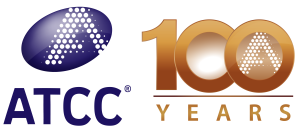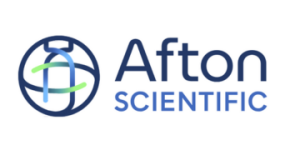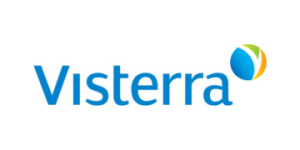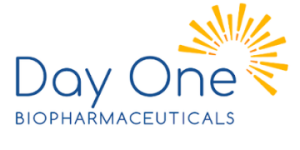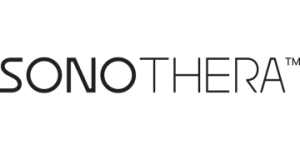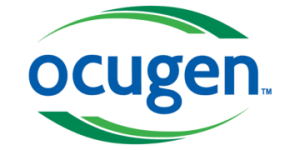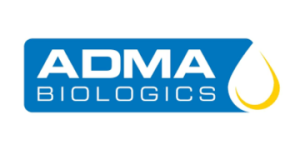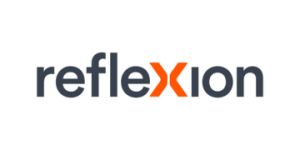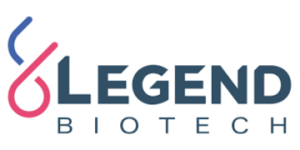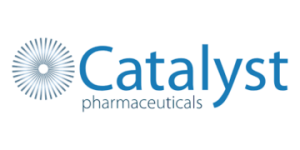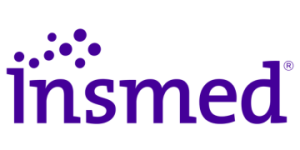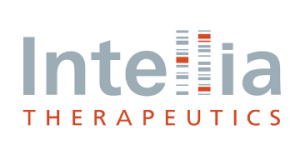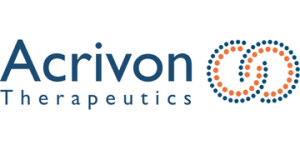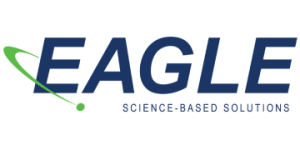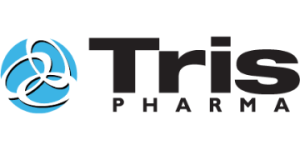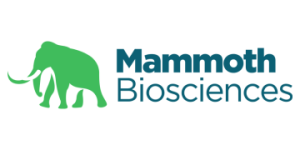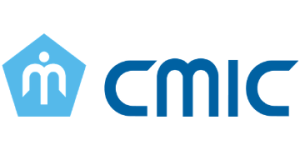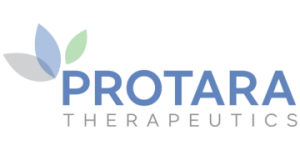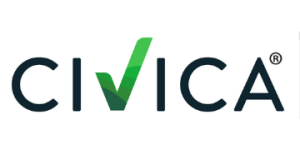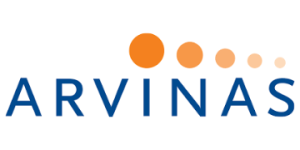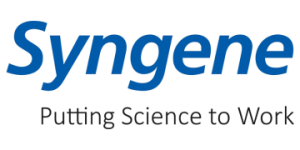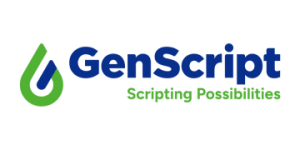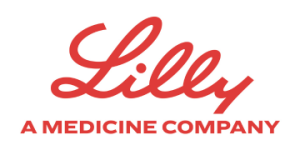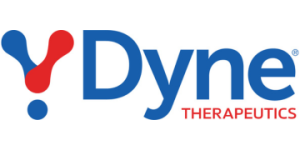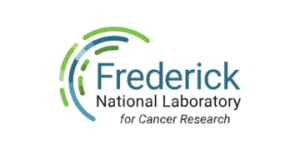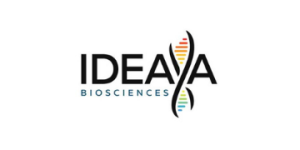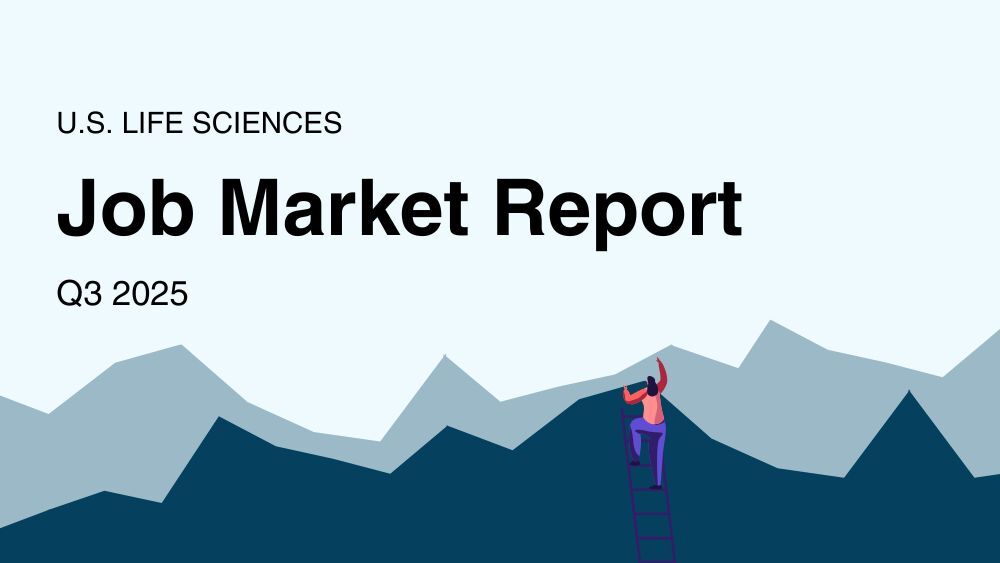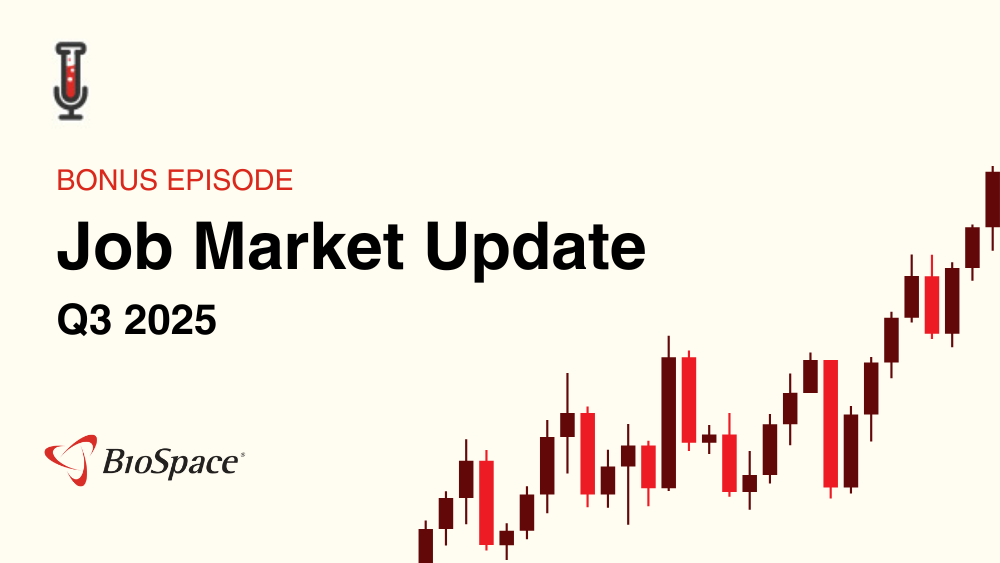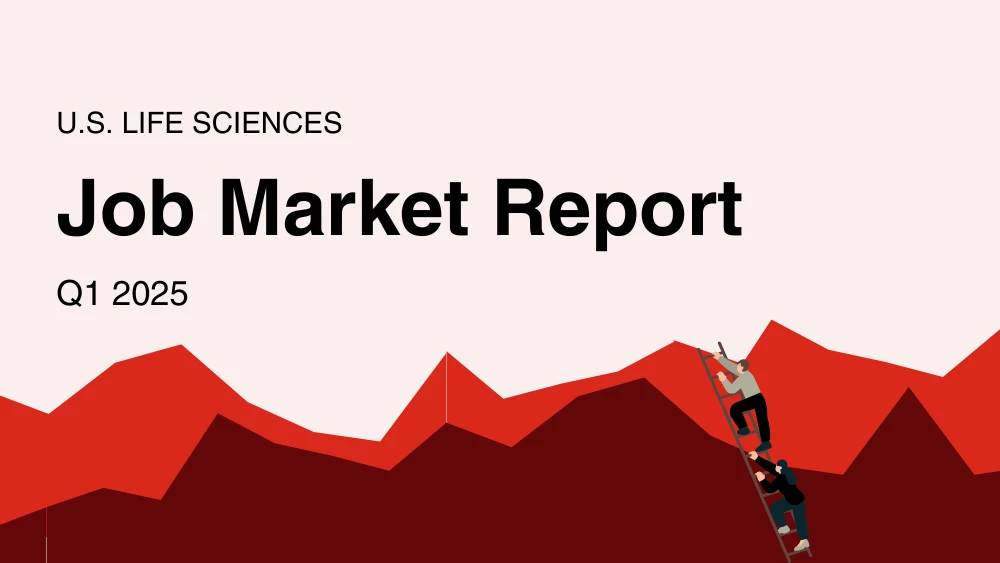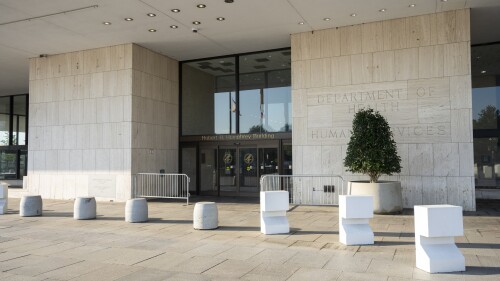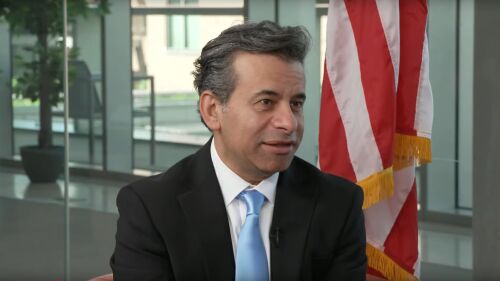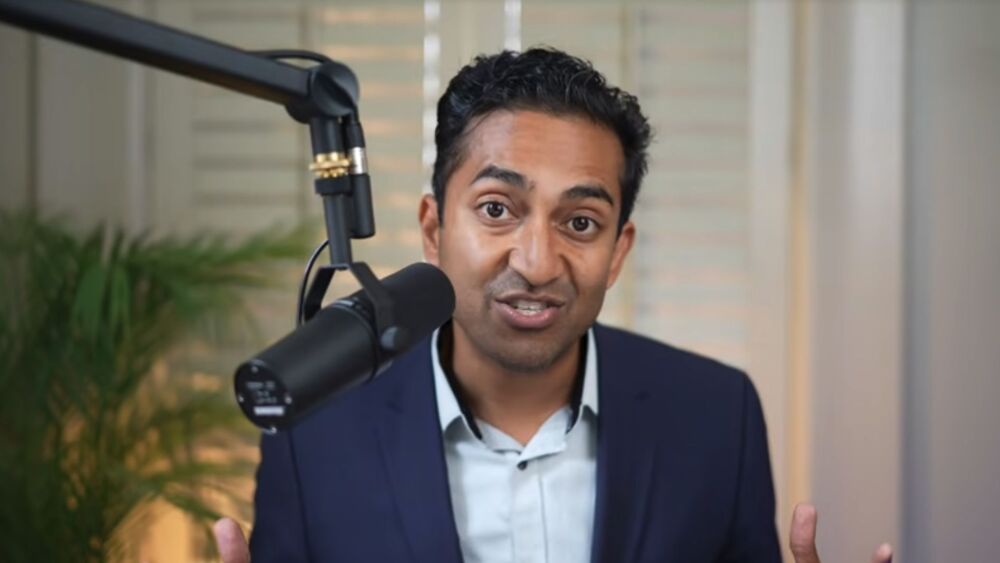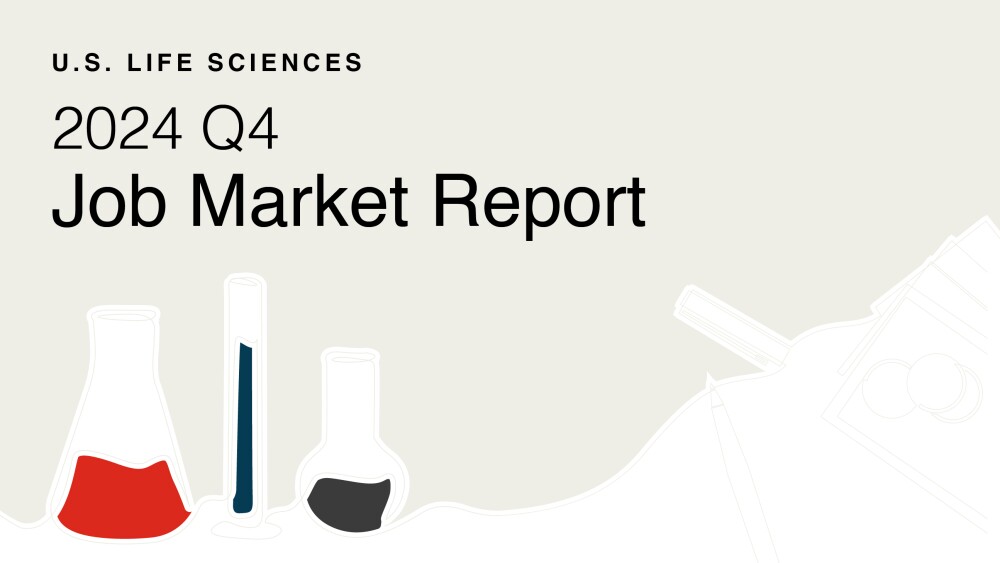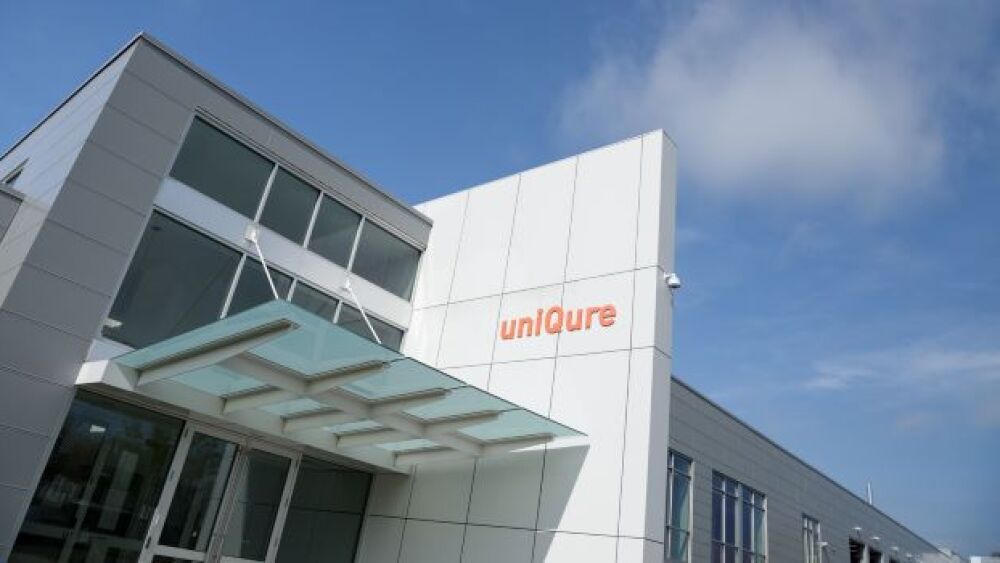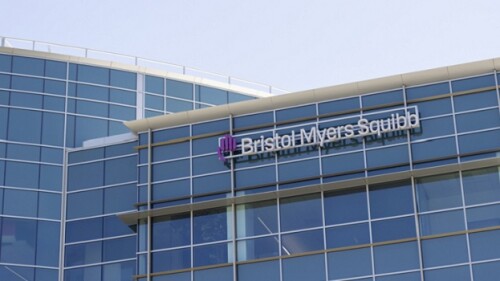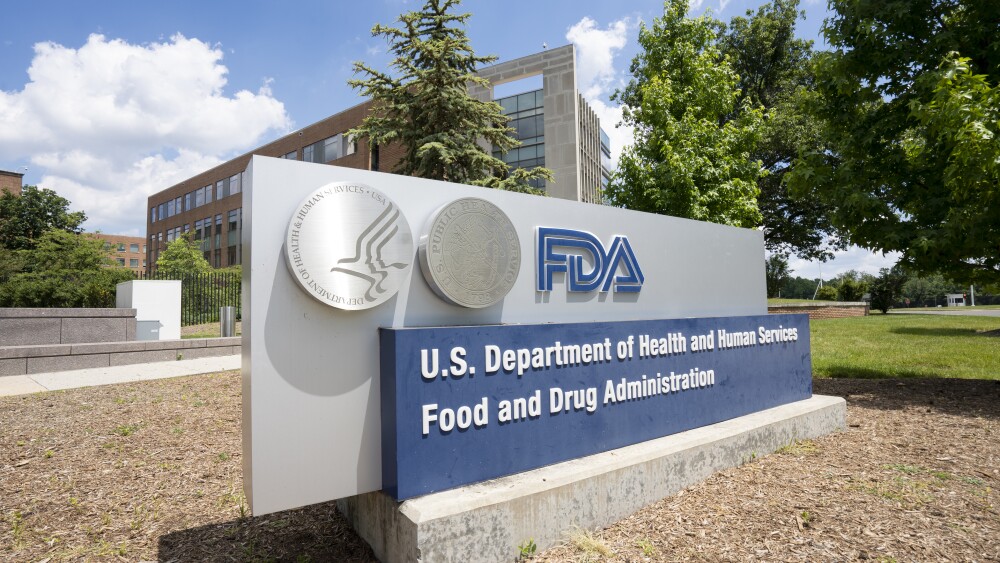Roche CEO Thomas Schinecker said during the company’s Q3 call that it is “not done” with deals—a promise he delivered on with Tuesday’s solid tumor pact with AI-focused Caris Life Sciences.
The FDA rejected the use of Exdensur, however, for chronic rhinosinusitis with nasal polyps.
Addition joins a growing list of launches this year, following in the footsteps of startups like Crystalys Therapeutics and Ollin Biosciences.
Eli Lilly’s retatrutide exceeds expectations in Phase III, capping off a sparkling 2025 for the obesity titan; an internal FDA safety review finds no confirmed pediatric deaths caused by COVID-19 vaccines, and Commissioner Marty Makary says no black box warning will be attached to the shots; and BioSpace looks at six biotechs that could be pharma’s next buy.
Biotech’s slump may finally be over in 2026. In interviews with BioSpace, Zymeworks’ CEO Ken Galbraith and Zai Lab’s President and COO Josh Smiley explain what’s fueling the comeback.
Pfizer CEO Albert Bourla defended his company’s vaccine business as rhetoric from HHS Secretary Robert F. Kennedy Jr. drives a notable drop in COVID-19 sales.
FEATURED STORIES
Long a quieter, locally focused industry, Japanese pharma giants are increasingly looking to the rest of the world for deals.
After a series of unfortunate regulatory rejections and manufacturing issues surfaced, Regeneron’s shares dipped to $483 this summer—the lowest they’d been since early 2021. But they now sit higher than they did at the start of the year.
The status could support staged transitions to new manufacturing processes, potentially mitigating some risks of high-stakes switches.
What China is accomplishing in R&D “has implications for everyone playing in the R&D or innovation world,” McKinsey’s Fangning Zhang says.
As the FDA unveils a parade of initiatives aimed at accelerating drug development for rare diseases, experts appeal for a consistent approval process that will support and further catalyze momentum.
The R&D pipeline for depression therapies faced a demoralizing 2025 as five high-profile candidates, including KOR antagonists by Johnson & Johnson and Neumora Therapeutics, flunked late-stage clinical trials, underscoring the persistent challenges of CNS drug development.
LATEST PODCASTS
Merck has made a $9.2 billion play for Cidara, and there’s another bidding war afoot, this one for sleep biotech Avadel. Meanwhile, Rick Pazdur has taken the helm at CDER while tensions run high between FDA Commissioner Marty Makary and Health Secretary RFK Jr.
In this episode presented by Slone Partners, Leslie Loveless, Co-CEO and Managing Partner discusses how hiring and the building of executive teams has responded to the current biotech environment.
Pfizer seals the deal with Metsera for $10 billion after Novo Nordisk bowed out; President Donald Trump welcomes executives from Novo and Eli Lilly to the White House to announce that the companies’ GLP-1 medicines would be sold at a reduced cost; and the FDA grants the second round of priority review vouchers—primarily to already marketed drugs.
Job Trends
In this bonus episode, BioSpace’s Vice President of Marketing Chantal Dresner and Careers Editor Angela Gabriel take a look at Q3 job market performance, layoffs and wider employment trends and policies impacting the biopharma workforce.
Subscribe to GenePool
Subscribe to BioSpace’s flagship publication including top headlines, special editions and life sciences’ most important breaking news
SPECIAL EDITIONS
Peter Marks, the venerable head of the FDA’s Center for Biologics Evaluation and Research, has been forced out. In this special edition of BioPharm Executive, BioSpace takes a deep dive into the instability of the HHS.
Year-over-year BioSpace data show biopharma professionals faced increased competition for fewer employment opportunities during the first quarter of 2025.
In this deep dive, BioSpace explores the diverse therapeutic modalities now in development, as well as the opportunities and battles for market dominance in this emerging space.
DEALS
-
The centerpiece of the deal is the in vivo editor TSRA-196, which in preclinical studies has shown robust editing at SERPINA1, the locus linked to alpha-1 antitrypsin deficiency.
-
At one point in merger negotiations with Novartis, Avidity CEO Sarah Boyce and her team walked, cutting off access to a data room and moving on to a capital raise.
-
The CRO market in the APAC region is thriving, particularly in China, due to intense clinical trial and innovation development, with Western investors and pharma leaning in.
-
Drug candidates don’t usually move among Big Pharma, but these five biotechs helped facilitate such hand-offs, scooping up assets from one pharma on the cheap before being bought out for billions by another.
-
Halda Therapeutics is developing oral assets for prostate and lung cancer. The deal comes after Johnson & Johnson set an ambitious goal for its oncology sales by 2030.
WEIGHT LOSS
-
Although still in Phase I, Wave Life Sciences’ injectable RNA weight loss treatment achieved results that impressed analysts, with 4% fat reduction after three months, beating Novo Nordisk’s semaglutide at a similar time point.
-
Experts unpack the implications of CBER Director Vinay Prasad’s claim that COVID vaccines have caused 10+ child deaths; the 2025 Clinical Trials on Alzheimer’s Disease conference continues following two disappointing readouts; and Novo Nordisk’s amycretin yields promising weight loss results.
-
While the TrumpRx deals only cover Lilly and Novo for now, the agreements are good for any cardiometabolic biotechs waiting in the wings, according to a new 2026 preview report from PitchBook.
-
Following Novo Nordisk’s price cuts for its own GLP-1 medicines, Eli Lilly is offering discounts for the obesity drug purchased through LillyDirect. Both pharmas recently struck a deal with the White House for cheaper prices via the yet-to-be-launched TrumpRx.
-
Novo Nordisk’s amycretin showed no weight-loss plateau over 36 weeks in patients with type 2 diabetes, suggesting its efficacy could become even stronger with longer follow-up, according to analysts at BMO Capital Markets.
POLICY
-
A coordinated national effort is emerging to bring alternatives to animal testing into routine preclinical use, backed by a fresh FDA roadmap and a global coalition of scientific and industry partners.
-
The record-setting government shutdown was just the latest blow to the U.S. biopharma industry. When science funding becomes a casualty of political gridlock, we lose valuable talent, erode public trust and jeopardize our position as a global leader in innovation.
-
Alicia Jackson formerly served as deputy director of the Biological Technologies Office at the Defense Advanced Research Projects Agency.
-
A spokesperson for the FDA said the agency is “considering a wide range of options to support American innovation.”
-
Top Trump administration officials have taken issue with Marty Makary’s management style, pointing to infighting between his appointees and the difficulty to get a hold of the FDA commissioner.
Tapping into the hidden job market can be challenging but is important in today’s employer-driven market. Three talent acquisition experts share tips for accessing hard-to-find roles.
In the latest installment of his column, Kaye/Bassman’s Michael Pietrack shares five ways leaders can help their teams after a layoff, from acknowledging emotions to reestablishing culture.
Whether you’re moving on or being moved out, how you leave can shape your reputation more than how you led.
Learn how to extract the full value from executive coaching, starting with being open and honest with your coach.
Just raising the alarm won’t drive action. Use these three steps to turn insights into solutions that leadership can’t ignore.
Learn about making the most of interview feedback, navigating bonus clawbacks and networking for niche roles.
HOTBEDS
REPORTS
The 9% average salary increase from 2023 to 2024 was the largest for life sciences professionals since 2021. Several factors could be behind the spike, including companies providing higher pay because bonuses and stock compensation went down.
Year-over-year BioSpace data show there were fewer job postings live on the website in the fourth quarter of 2024, and the decrease was higher than the third quarter’s drop.
Landing a job remains challenging for life sciences professionals, according to a new BioSpace report. While 59% of surveyed organizations are actively recruiting, nearly half of unemployed survey respondents had been out of work for at least six months, and 20% of surveyed employers expect to lay off employees this year.
CANCER
-
The 2025 meeting of the American Society of Hematology features some of the newest developments in blood cancers and rare diseases.
-
GSK and Ideaya first linked up in 2020 to advance novel therapies for solid tumors. It is unclear why the pharma terminated the partnership.
-
The partnership will focus on Crescent’s PD-1/VEGF inhibitor CR-001 and Kelun-Biotech’s SKB105, both of which the companies plan to push into Phase I/II development for solid tumors early next year.
-
While Imvax’s autologous immunotherapy IGV-001 missed the primary endpoint of progression-free survival in a Phase IIb trial, the company will request a meeting with the FDA to discuss next steps for “synergistic” treatment.
-
The FDA’s docket in December includes decisions for two big biologic franchises: BMS’s Breyanzi and Amgen’s Uplizna.
NEUROSCIENCE
-
Investor optimism has waned as final minutes from uniQure’s pre-BLA meeting with the FDA convey that data from the company’s Phase I/II studies of AMT-130 are “unlikely” to provide the primary evidence to support a biologics license application.
-
Analysts had noted “unease” from investors regarding the state of the Phase III ADEPT-2 trial, with BMS at one point telling Leerink Partners that the reopening of enrollment would be a “significant development.”
-
The Phase III, open-label extension study suggests EPX-100 has a “positive” risk/benefit profile for the treatment of Dravet syndrome, analysts at H.C. Wainwright & Co. said Tuesday.
-
After covering the Alzheimer’s space through every high and low, BioSpace’s Annalee Armstrong welcomes back Roche for the 2026 Alzheimer’s Renaissance.
-
Trontinemab lowered amyloid levels below the threshold of positivity in 92% of treated patients.
CELL AND GENE THERAPY
-
The plausible mechanism pathway “could accelerate gene therapy/editing development,” analysts at William Blair said Thursday, while adding that additional clarity is needed.
-
In 2025, landmark obesity drug deals, China’s biotech surge, and AI’s deeper integration into pharma operations drove a year of transformation and renewed momentum for life sciences.
-
MeiraGTx Holdings is licensing a genetic eye disease medicine to Eli Lilly in a deal worth up to $475 million.
-
The FDA previously placed two clinical studies on hold, including the Phase III trial in which the liver toxicity occurred. Intellia is working with experts to create a risk management program for nex-z.
-
Pfizer and Novo Nordisk continue to fight for ownership of obesity startup Metsera; CDER Director George Tidmarsh leaves his position amid an ongoing probe into his “personal conduct”; FDA reverses course on approval requirements for uniQure’s Huntington’s gene therapy; Sarepta’s exon-skipping Duchenne muscular dystrophy drugs fail confirmatory study.

